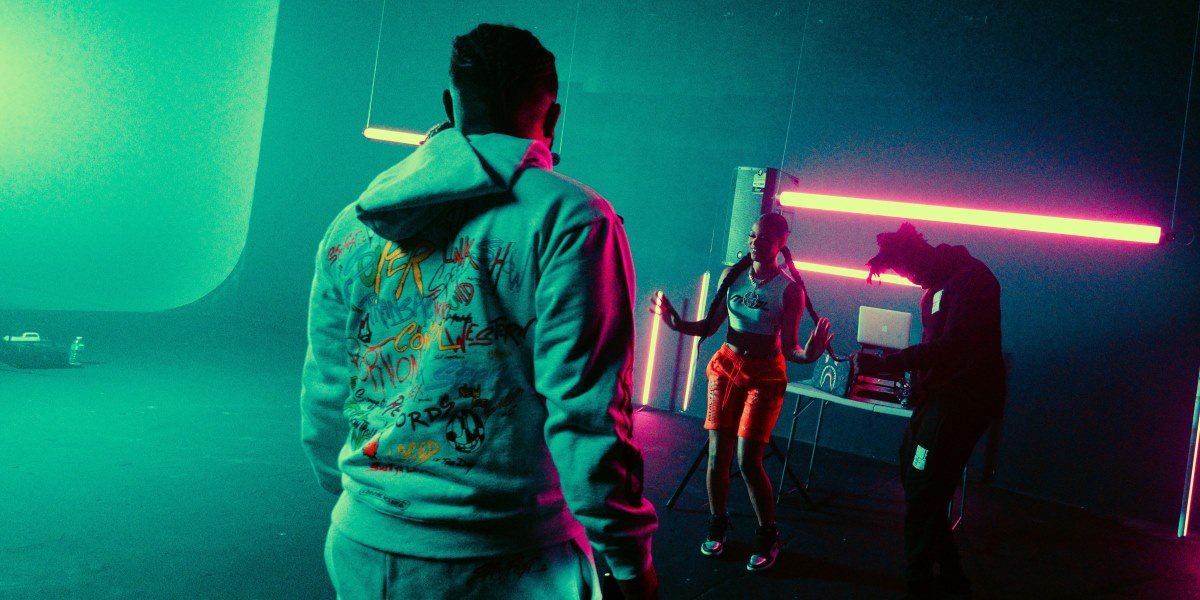Independent filmmaking presents a unique journey for creators seeking to tell stories outside mainstream channels. This journey often begins with short films, which serve as a practical foundation for developing skills, storytelling techniques, and a distinct cinematic voice. As filmmakers gain experience and confidence, many aim to transition toward producing feature-length works. This progression reflects both an evolution in craft and an increasing capacity to engage broader audiences. Examining this growth offers valuable insight into the creative and technical development within independent film.
Read also: How Low-Budget Filmmaking Methods Have Changed Independent Cinema
The Role of Short Films in Craft Development
Short films function as essential learning platforms for filmmakers, offering manageable projects that allow experimentation with narrative structure, visual style, and production methods. The condensed format demands concise storytelling and clarity of purpose, encouraging creators to hone their ability to communicate effectively within limited time constraints.
Working on short films provides practical opportunities to understand the various aspects of filmmaking, from directing actors and managing crews to editing and sound design. This hands-on experience is invaluable for building confidence and technical competence. Additionally, short films often act as calling cards that demonstrate a filmmaker’s vision and potential to collaborators, festivals, and funding bodies.
Because short films typically require fewer resources than feature projects, they allow for greater creative freedom and risk-taking. Filmmakers can explore unconventional ideas or styles without the pressure of extensive budgets or distribution demands. This flexibility supports artistic growth and helps establish a unique voice that can be further developed in longer formats.
Challenges and Considerations in Transitioning to Feature Films
Moving from short to feature-length filmmaking introduces new challenges that require expanded skills and resources. Feature films demand sustained narrative engagement, requiring more complex character development, pacing, and thematic depth. This transition often necessitates a shift in storytelling approach to maintain audience interest over a longer duration.
The production logistics of feature films are also more involved. Larger crews, extended shooting schedules, and increased budgets require stronger organizational abilities and leadership. Filmmakers must navigate more intricate planning, coordination, and problem-solving to manage these factors effectively.
Financing a feature project typically involves securing larger funds and managing more stakeholders. This aspect requires not only creative but also strategic and negotiation skills. Building relationships within the industry and understanding market dynamics can be important for gaining the necessary support.
Despite these challenges, the experience gained from short films provides a critical foundation. Filmmakers who have refined their craft in shorter formats are often better prepared to handle the complexities of feature production, adapting their skills to new demands.
Artistic Growth Reflected in Film Length and Complexity
The progression from short films to features is often accompanied by an evolution in artistic ambition and complexity. As filmmakers develop, they tend to explore richer themes and more nuanced characters. The extended runtime of feature films allows for deeper exploration of ideas and emotional resonance, providing audiences with a more immersive experience.
This growth often reflects a maturation of voice and perspective. Filmmakers may use the expanded scope to address social, psychological, or existential topics with greater subtlety. The ability to sustain tone, mood, and tension over a longer work demonstrates an increased command of cinematic language.
At the same time, the transition challenges filmmakers to balance creativity with coherence. Maintaining a clear narrative thread while allowing for complexity requires careful structuring and editing. Success in this area signals an advancement in storytelling craftsmanship and understanding of film form.
Read also: The Philosophy of Film Editing
Building Momentum and Recognition through Independent Film
Progressing to feature-length films can significantly enhance a filmmaker’s visibility and career momentum. Features often have greater potential for distribution, festival exposure, and critical attention, all of which contribute to professional growth. Successfully completing a feature demonstrates the ability to manage large-scale projects, an important milestone in the industry.
The independent film sector supports this momentum by providing avenues for emerging filmmakers to present their work to diverse audiences. Platforms such as film festivals and digital distribution enable features to reach beyond local or niche markets. This exposure can open doors to further projects, funding, and collaboration opportunities.
At the same time, the momentum built through feature production encourages continuous learning and evolution. Each project builds upon the last, fostering refinement of skills and expansion of creative horizons. The journey from short films to features thus represents not only a shift in format but also an ongoing process of artistic and professional development.
The path from short films to feature-length projects illustrates a significant progression in independent filmmaking. This evolution encompasses technical mastery, artistic growth, and increasing complexity in storytelling and production. Understanding this development provides insight into the challenges and rewards of the craft, highlighting how filmmakers build momentum and refine their voice over time. The transition is marked by a commitment to growth that shapes both the creative process and the broader landscape of independent cinema.










